





Zen cart to Opencart
Migrating your store from Zen cart to Opencart might seem daunting, but with proper planning and the right tools, it's a smooth process. Follow this step-by-step guide to ensure a successful transition.
Schedule a call
Zen Cart to OpenCart Migration Guide
Step 1: Preparing Your Zen Cart for Migration
In this step, we ensure that your Zen Cart store is fully prepared for migration to OpenCart by backing up your data, cleaning up outdated information, and ensuring all settings are optimized.
Step 2: Setting Up Your OpenCart Store
Before migrating data, we will set up your new OpenCart store, ensuring it is configured properly to receive data from Zen Cart.
Step 3: Choosing a Migration Tool
Select the appropriate migration tool or service to facilitate the transfer of data from Zen Cart to OpenCart effectively.
Step 4: Executing the Migration
In this step, we will execute the migration from Zen Cart to OpenCart using the chosen migration tool, ensuring all data is accurately transferred.
Step 5: Verifying Data Integrity
After migration, we will verify that all data has been accurately transferred and is functioning properly in your new OpenCart store.
Step 6: Configuring OpenCart Settings
Now that we've verified the data, we will configure additional OpenCart settings to enhance your store's functionality and performance.
Step 7: Launching Your OpenCart Store
With everything configured and tested, we are now ready to launch your new OpenCart store for customers to access and shop.
Power Your Step - Get in Touch
Ready to start your migration from Zen Cart to OpenCart? Contact PowerCommerce for expert assistance and seamless support.
Step 1: Preparing Your Zen Cart for Migration
Before we dive into the migration process, it's crucial to prepare your Zen Cart store properly. This preparation will help ensure that your data transfers smoothly to OpenCart without any complications. The first step involves backing up all your data, which includes products, customers, orders, and any custom configurations you may have set up.
To back up your Zen Cart data, follow these steps:
- Access your hosting control panel: Log in to your web hosting account where your Zen Cart is hosted.
- Backup your database: Use tools like phpMyAdmin to export your database. Navigate to the database, select all tables, and click on 'Export.' Choose the 'Quick' export method and SQL format.
- Download your store files: Using an FTP client, connect to your server and download all files from your Zen Cart directory. This includes the configuration files, images, and any customized themes.
- Check for unnecessary data: Clean up any outdated products, customers, or orders that you don't need to migrate. This will streamline the process and reduce risks associated with transferring unnecessary data.
After completing these tasks, your Zen Cart store is now ready for migration. Remember to keep your backup files in a safe location, as you'll need them during the migration process.

Step 2: Setting Up Your OpenCart Store
The next step involves setting up your new OpenCart store. This is a critical phase as a correctly configured OpenCart environment will ensure a smooth data import from Zen Cart.
Follow these steps to set up your OpenCart store:
- Choose a hosting provider: Ensure that your hosting provider supports OpenCart requirements--PHP and MySQL. We recommend selecting a host known for its compatibility with OpenCart.
- Install OpenCart: Download the latest version of OpenCart from the official website. Upload the files to your server and run the installation script by accessing your domain in a web browser. Follow the prompts to set up your store.
- Configure basic settings: After installation, access the OpenCart admin panel. Set up your store details, including the store name, address, and contact information.
- Set up payment and shipping methods: Navigate to the settings section in the admin panel and configure payment gateways and shipping options that suit your business needs.
- Test your setup: Ensure that OpenCart is functioning correctly by testing the frontend and backend. Confirm that the shopping cart works, and you can navigate through product categories seamlessly.
With your OpenCart store set up and ready, we can now proceed to migrate your data from Zen Cart.

Step 3: Choosing a Migration Tool
Selecting the right migration tool is crucial to ensure that your data is transferred accurately and efficiently. There are several tools available that specialize in migrating data from Zen Cart to OpenCart, but here we will discuss a couple of the most popular options.
1. Cart2Cart: This automated migration service simplifies the process significantly. Here’s how to use it:
- Visit the Cart2Cart website and select Zen Cart as your source cart and OpenCart as your target cart.
- Sign up for an account and configure the migration settings, including what data types to migrate (products, customers, orders, etc.).
- Run a demo migration to see how the data will transfer without affecting your live store.
2. LitExtension: Another robust option, LitExtension provides a comprehensive migration service with additional features such as:
- 24/7 customer support to assist during the migration process.
- The ability to perform a test migration to ensure everything works before finalizing.
Once you decide on a migration tool, you can proceed to the next step of executing the migration process.
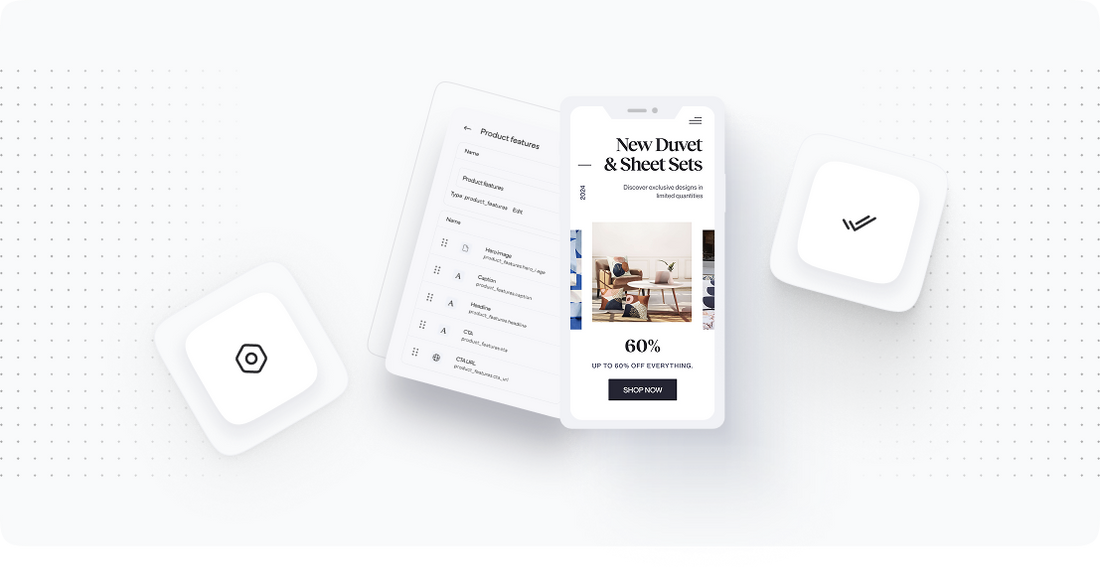
Step 4: Executing the Migration
Now that we've set up both our Zen Cart and OpenCart environments, it's time to execute the migration using the tool we selected.
Follow these detailed steps:
- Log into your migration tool: Access your Cart2Cart or LitExtension account.
- Configure migration settings: Select the data you want to migrate, including products, customers, orders, and any additional data types that are critical for your business operations.
- Run the migration: Start the migration process. Most tools will allow you to monitor the progress in real time, providing updates on how many items have been migrated.
- Check for errors: After the migration is completed, check for any errors or issues. Most tools will notify you if there are any problems during the transfer.
- Finalize the import: Once you're satisfied that all data has been migrated correctly, finalize the import process.
After executing the migration, it’s essential to conduct thorough testing to ensure that all data is intact and functioning as expected.
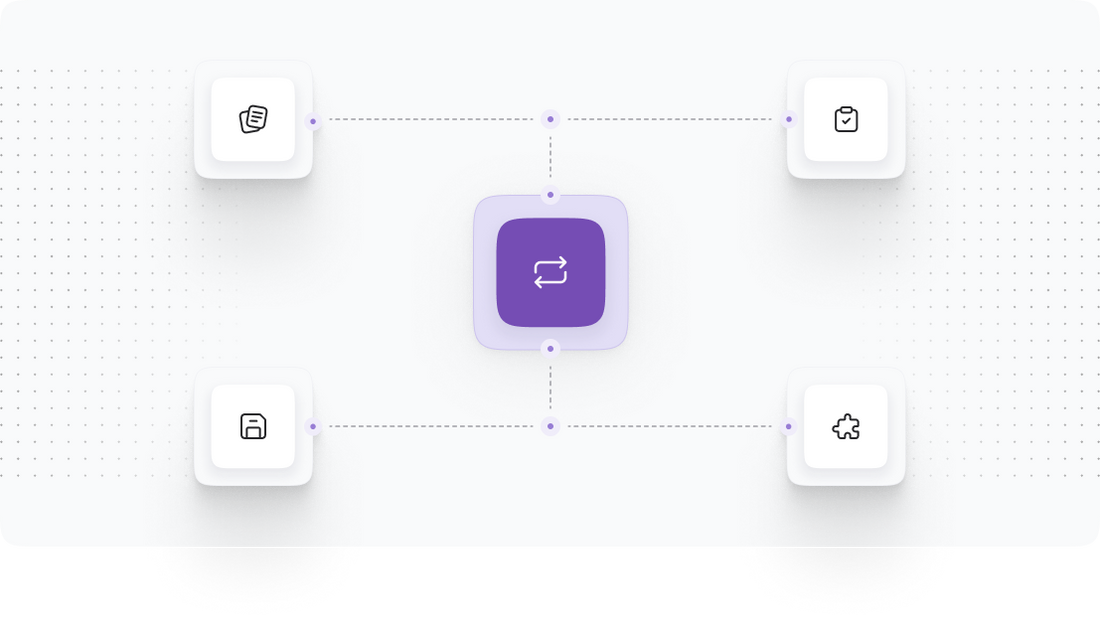
Step 5: Verifying Data Integrity
Verification is a critical step in the migration process. Ensuring that all your data has been transferred accurately will help you avoid potential issues down the line.
Here are the steps to verify data integrity post-migration:
- Check product listings: Go through your product listings in OpenCart to ensure that all products, descriptions, prices, images, and categories have been imported correctly.
- Review customer data: Confirm that all customer accounts, including their details and order histories, have been accurately migrated. This is crucial for maintaining customer trust and service continuity.
- Test orders: Conduct a few test transactions to ensure that the checkout process is functioning correctly. This includes verifying payment methods, order confirmations, and email notifications.
- Check SEO settings: If you have SEO-friendly URLs, ensure they have been preserved during the migration. Test a few URLs to confirm they redirect correctly to the corresponding products in OpenCart.
If you identify any discrepancies during the verification process, address them immediately to ensure a smooth transition for your customers.
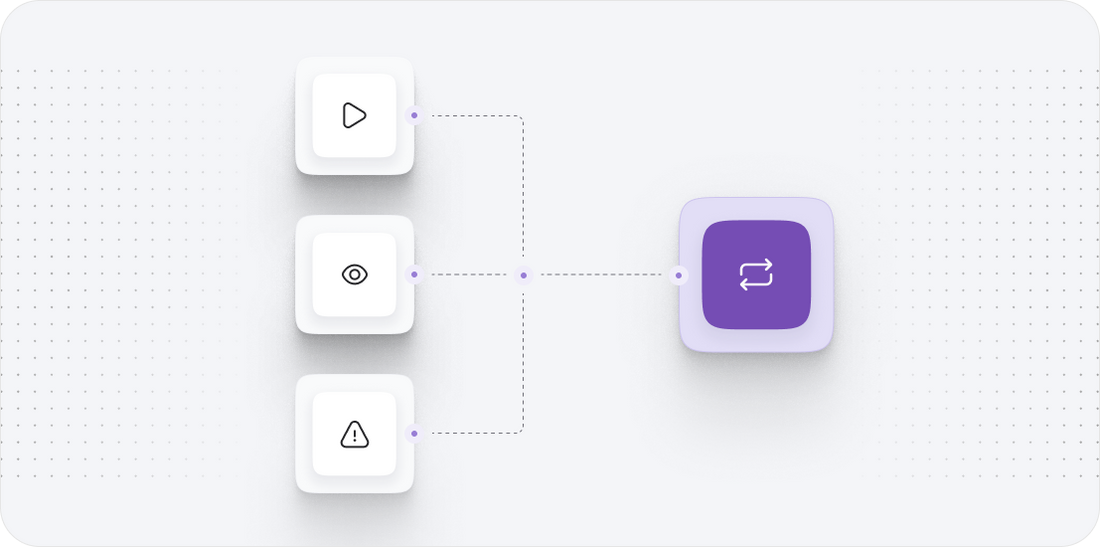
Step 6: Configuring OpenCart Settings
With your data successfully migrated and verified, the next step is to configure your OpenCart settings to optimize your store’s performance and functionality.
Here are some crucial settings to focus on:
- Payment settings: Ensure that all payment methods are set up correctly. Go to the payment settings section in the admin panel and configure the gateways you wish to use.
- Shipping options: Configure your shipping settings based on your business model. Set up different shipping methods and costs that suit your product offerings.
- Tax settings: If applicable, set up tax rates according to your region and ensure they are applied correctly to your products.
- SEO settings: Optimize your store for search engines by configuring meta titles, descriptions, and keywords for your products and categories. This will help improve visibility.
By thoroughly configuring these settings, you’ll enhance the overall functionality of your OpenCart store, providing a better shopping experience for your customers.
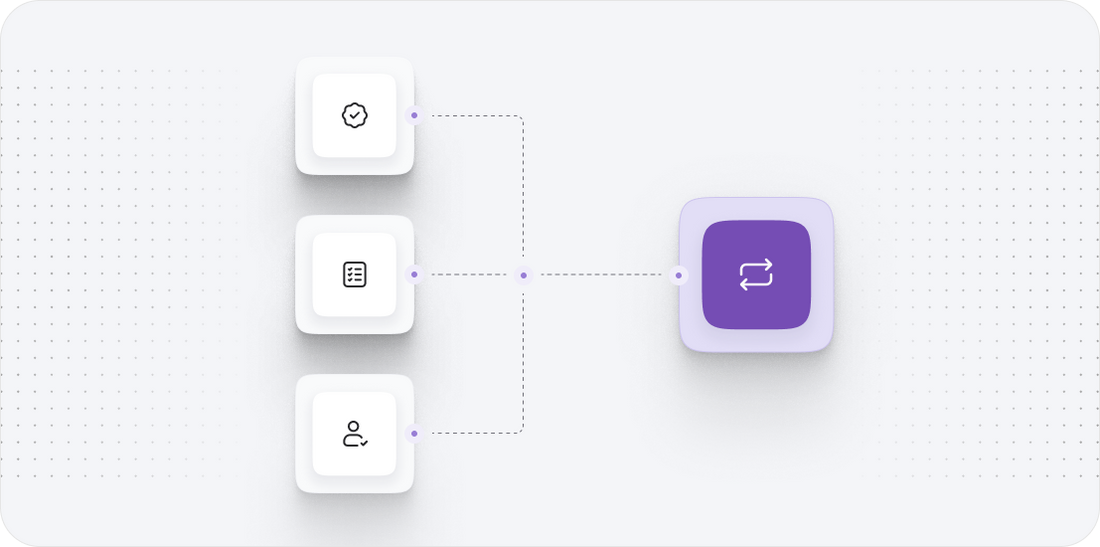
Step 7: Launching Your OpenCart Store
After verifying your data and configuring your OpenCart settings, you're now ready to launch your new store. This is an exciting moment, as it marks the culmination of your migration efforts!
Here’s how to prepare for the launch:
- Final testing: Conduct one last round of testing on your site. Check all functionalities, including product browsing, checkout, payment processing, and customer account access.
- Notify customers: Inform your existing customers about the migration and any new features they can expect on the new site. This can be done through an email newsletter or social media announcement.
- Monitor performance: Once your store is live, closely monitor its performance. Keep an eye on website traffic, sales, and customer feedback to address any issues quickly.
Congratulations! Your OpenCart store is now live, and you're ready to enjoy the benefits of a more efficient and scalable ecommerce platform.
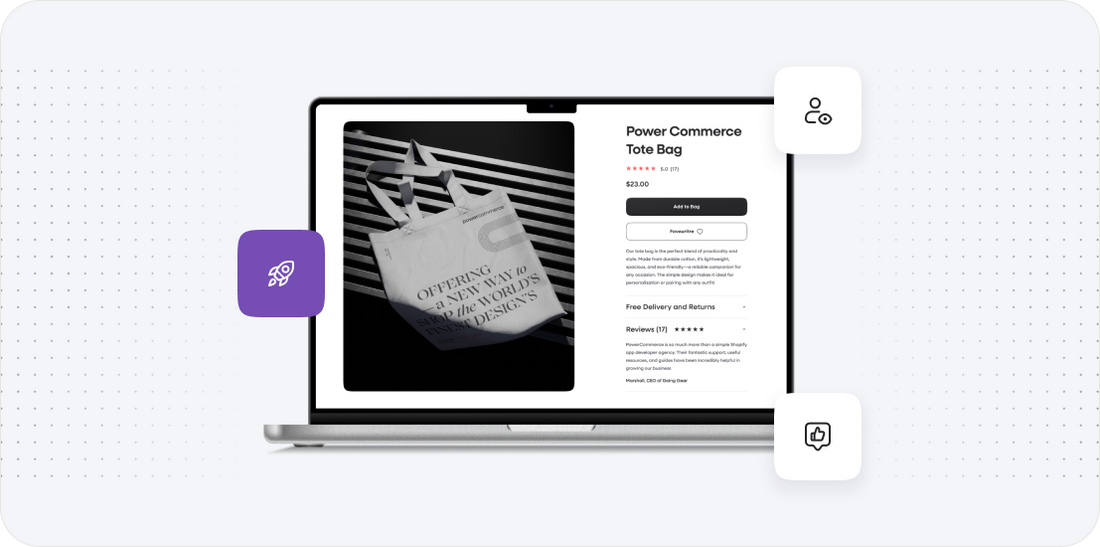
Power Your Step - Get in Touch
At PowerCommerce, we specialize in making your migration process as smooth as possible. Our team of experts is ready to assist you at every step, ensuring that your transition from Zen Cart to OpenCart is not only efficient but also tailored to your unique business needs.
Don't hesitate to reach out! Here’s how you can get in touch with us:
- Visit our contact page: PowerCommerce Contact Form
- Call us directly at: 800-099-9090
- Email us at: info@powercommerce.com
We look forward to helping you power your ecommerce step!
Stay aligned on what's happening in the commerce world
Trusted by 1000+ innovative companies worldwide
Schedule Your Migration Today
For businesses prioritizing simplicity, scalability, and robust support, Shopify is the clear winner.
Looking to migrate without hassle? Power Commerce can handle the entire process, ensuring smooth data transfer, store setup, and post-launch success.
Marka Marulića 2, Sarajevo, 71000 BiH
00387 60 345 5801
info@powercommerce.com
